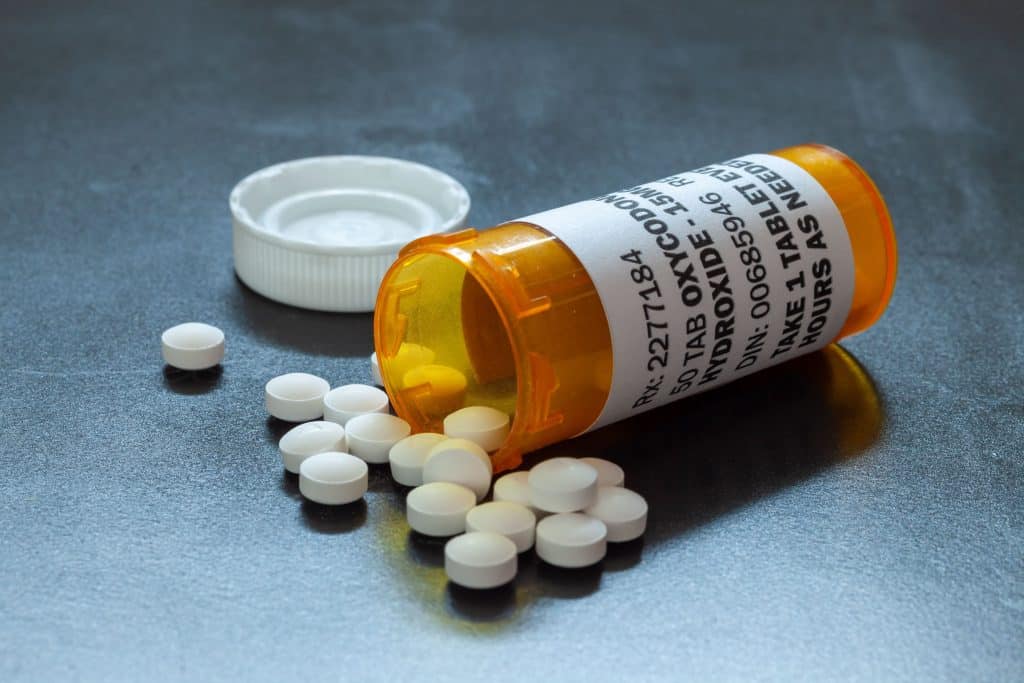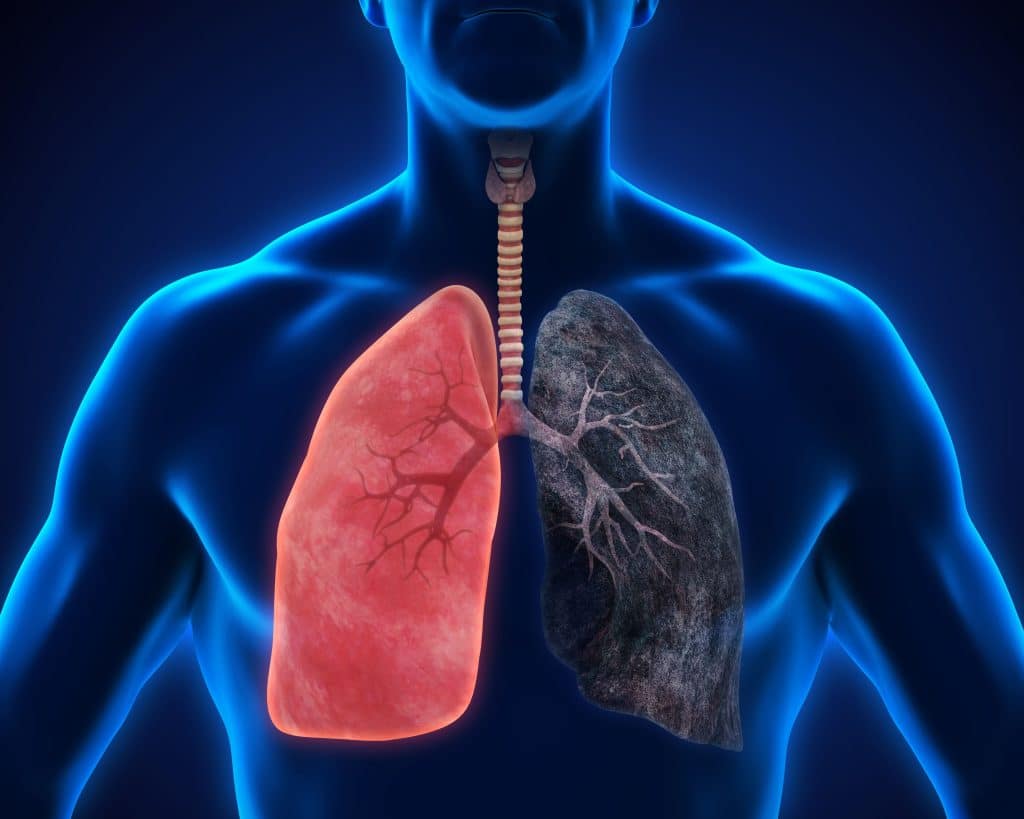The line ‘drugs are bad’ has certainly permeated society, but does that mean all drugs are bad? Or, some drugs are bad? Or, maybe none at all? Though there are different metrics to measure risk, today we’re going to look at one of the most basic measures. So, here they are, the top 5 death toll drugs in America, and just how much damage they do yearly.
We hear drug warnings all the time, but are they really relevant? When it comes to real drug dangers, here is a list of the top 5 yearly death toll drugs in America. This independent news publication offers up the newest and most exciting news in the cannabis and psychedelics industries, along with the Cannadelics Weekly Newsletter for regular updates on current events. Join us to follow along; and to get access to a range of offers on cannabis and psychedelics products like vapes, smoking paraphernalia, edibles, and cannabinoids including Delta 8 & HHC. You can find these deals in our ‘best of’ lists, so head over, and make sure to make purchases for products you are comfortable using.
Drug dangers
The idea that drugs are bad is very non-specific. We’re a population that lives off pharmaceuticals and has them directly marketed to us in the US. Those are drugs too, as are the myriad of choices that even a 10-year-old is allowed to buy if they have the right bills in a drug store. Obviously, no one thinks all drugs are bad.
One of the biggest misconceptions is that drugs marketed to us, are somehow safer than street drugs. Not only is this not the case, but #3 on the list below highlights how pharmaceuticals often pose a bigger danger than drugs like cannabis or psychedelics; neither of which come with a death toll, and both of which are Schedule I.
Death is not the only way a drug can cause harm. Consider being put in a coma, or having a body part amputated. Think of losing the ability to think properly, or not being able to get up and walk around again. Think of losing the ability to work, or of needing direct care for the rest of your life. Drugs can cause all kinds of harm besides death, and this is considered when looking at how dangerous a specific compound is.
Regardless of these other dangers, though, and regardless of how many tax dollars are paid out annually for medical costs, and disability issues, death always seems like the best way to measure the absolute danger of a substance. For today, I’ve compiled the top 5 most deadly drugs, whether they cause death directly from overdose, or indirectly from sickness or accidents. These are the top 5 drugs to rack up the biggest yearly death tolls in the United States of America.

#5 Cocaine/crack
When it comes to the first entrant on the list, it shouldn’t be surprising, as we’ve heard about cocaine overdose deaths for decades now. Cocaine has the same issue as methamphetamine (next on the list) in that it’s sometimes looked at alone, and sometimes grouped with other stimulants to form the ‘psychostimulants’ category.
The National Institute on Drug Abuse put the number of cocaine overdose deaths at 19,447 for 2020 making it #5 of the top 5 death toll drugs. Deaths related to cocaine have risen quite a bit in the last decade, going up from approximately 5,419 in 2014. That’s a 3.5X increase, indicating a growing popularity of the drug.
I saw no segmentation between cocaine and it’s more intense form crack, suggesting that both are included under the heading of cocaine. Statistics on crack actually don’t show a large overdose rate, with several studies like this one suggesting that crack itself doesn’t have a high death toll directly. Most crack deaths come from other things, like violence, hepatitis, or AIDS.
#4 Methamphetamine
Much like the previous drug on this list, meth deaths have been steadily increasing in the last couple decades. It’s reported that between 2012-2019 meth deaths in the US tripled, however, it seems this might be a bit of an understatement. According to the National Institute on Drug Abuse, methamphetamine deaths rose to 23,837 in 2020, from all of 547 in 1999.
Methamphetamine is either grouped by itself in statistics, or grouped as a ‘psychostimulant’ along with other stimulants, sometimes including cocaine. Unfortunately, though the US government likes to tell us what to do a lot, it doesn’t always like to collect specific data, even when it’s telling us something that’s then based on non-specific data. There are, therefore, no numbers specifically for meth by the US government, only psychostimulants that include meth.
Which means, though the overdoses in this category might be mainly methamphetamine, it’s impossible to say what percentage of them are. Meth is known for causing all kinds of problems, and for having a decent death toll involved. It’s also one of the most well-known stimulants. So, it’s not surprising use rates are up so high (since they’re up for all drugs), or that the majority of deaths in this category are indeed attributable to meth.
#3 Opioids
If you have your head in the news, you probably think opioids are the biggest killer, but this isn’t quite true. They do, however, represent a very quickly rising death toll drug. They also represent other things – like the danger of pharmaceuticals and complicity of the government. This current issue is 100% pharmaceutically-made, and government-approved through regulation. People have been dying from heroin for quite some time, but in the last decade, synthetic opioids really brought numbers up, and these are not street drugs. These are prescribed by a doctor.
Synthetic opioids are lab-made, and can be formulated to mimic a real opiate compound like codeine or morphine, or to create something that doesn’t exist in nature, like oxycodone or fentanyl. Compounds that are naturally derived from the poppy plant are called ‘opiates’, while their synthetic counterparts are called ‘opioids’. All opioids are synthetic.

How many yearly deaths come from these doctor-prescribed pills? The numbers are certainly rising. In 2021, there were over 100,000 drug overdose deaths, but this accounts for more than just opioids. While a more specific number hasn’t come out, we do know that of the 93,000 overdose deaths from 2020, that over 68,000 were from opioids, and that of the 73,000 deaths from 2019, that 48,000 were from opioids. For that year (2019), there are also heroin death numbers, for which the death total was less than 15,000, making an extreme comparison between that and synthetic opioid deaths.
#2 Alcohol
Opioids are definitely climbing up, but they haven’t yet eclipsed alcohol in terms of yearly deaths in the US. Maybe that’ll change soon, but for now, alcohol gets second place on this list of the most death-causing compounds in America (which is actually #1 in terms of drug substances). Alcohol causes a lot of damage other than death, but since this article is about death statistics, we’ll leave the rest out, and leave it in second place.
Every year, alcohol kills about 140,000 people, according to the CDC. Most of the deaths are for those 35 or older, and its said that alcohol can take about 26 years off a person’s life. Most of these deaths, like smoking deaths, are not direct. There are plenty of people that die from excessive drinking, but most deaths are related to issues alcohol causes, like cancer and liver disease.
Alcohol is also known for causing deaths to those who aren’t partaking, in the form of drunk driving accidents. In 2016, for example, there were 10,497 road deaths related to drunk driving, which accounted for 28% of all road deaths that year. 17% of the 1,233 kids killed on the roadways in 2016, were due to alcohol. On a global level, alcohol causes about three million deaths per year.
#1 Smoking
The interesting thing about smoking is that it’s the only entrant on the list that’s not about a particular substance. In that sense, alcohol is technically #1, but since the act of smoking kills so many people, smoking still gets first place. Of the top 5 death toll drugs, this is the only one that isn’t a drug, but a method of consumption. We associate smoking with cigarettes, and therefore tobacco, however, that’s not the real culprit. When it comes to smoking, it’s really about smoking something. Lighting something on fire, and breathing the smoke in, which creates a constant form of smoke inhalation.
Tobacco is just a plant, and a plant with medicinal benefits. Much like cannabis, another plant with medicinal benefits, when you burn it to breathe it in, it automatically creates carcinogens. One major difference between tobacco and cannabis, is that tobacco smokers generally fill their lungs with smoke many more times a day than an average cannabis smoker will. As of right now, tobacco is the most commonly smoked plant, and therefore, many of the statistics are about tobacco, though they realistically apply to anyone who acquired damage from breathing in something burning. And this does relate to cannabis, as well as products like herbal cigarettes.
One of the big issues with cigarettes (and smoking in general), is the fantastic side effect of killing those that aren’t smoking them. Just like drinking is known to cause drunk driving deaths, smoking is known to affect those who don’t partake, in the form of secondhand smoke.
How many people die a year from smoking (cigarettes), both directly and from secondhand smoke? In the US alone, more than 480,000 people a year die from smoking. 41,000 of these deaths are secondhand smoke victims, who die because of someone else’s habit. What kind of deaths result from this habit? Approximately 163,700 deaths a year from cancer, 160,000 deaths a year from cardiovascular diseases, and 113,100 deaths a year from respiratory diseases.

A few things to remember…
- Right now, I’m including all yearly deaths that are attributable to a drug (or smoking). But that involves both overdose deaths, as well as deaths that take years from disease. Technically, smoking it the worst when looking at total deaths related to something, while opioids are easily #1 when looking at overdose deaths in a year. People don’t die directly from smoking, but they do from opioids.
- Drugs are often mixed together. In fact, the reason these are sometimes referred to as ‘related’ deaths is because they can ‘relate’ to more than one drug. When getting into hardcore drug use, many deaths happen because different drugs are used at the same time. This makes reporting numbers like these harder, since so many of the deaths relate to more than one drug. Of importance here, is that opioids are involved in many of the deaths in every other drug category.
- These are the big numbers, but there are other scary statistics, like that overdose deaths involving antidepressants rose to 5,597 in 2020 (according to NIDA). Or that Tylenol kills 500 a year, and causes as many as 56,000 yearly emergency room visits. We aren’t trained to question these deaths, or care about them, but they certainly exist too.
- There is another major class of death-causing drugs, benzodiazepines. In 2020, benzodiazepines helped cause 12,290 deaths, according to NIDA. While this number should be something we’re all facepalming over, the reality is that things have gotten so bad, that this massive number is hardly noticeable at all.
- Last but not least, please take note that neither cannabis, nor any hallucinogen, is on this list. No drugs within these categories directly cause death, so they don’t have death tolls. This should be remembered when you hear warnings about products like vapes, or fear-mongering over synthetic cannabinoids, as neither come with direct death, and at least the former can actually help reduce overall smoking deaths.
Conclusion
No matter how you look at it, none of this is good. You can look at it like total deaths per year in general – like I did. Or as overdose deaths in one year, in which case #3 moves to #1, #2 takes a back seat, #4 and #5 move up, and #1 falls off the list. No matter how you look at the top 5 death toll causing drugs though, the one thing for sure is, we’ve got some major problems, and they’re only getting worse.
Welcome to our site! We appreciate you taking the time to join us at Cannadelics.com, a top-notch offering for comprehensive independent coverage of the cannabis and psychedelics spaces. Read-thru the site frequently to keep up with the Joneses, and subscribe to the Cannadelics Weekly Newsletter, so you’re always first to get the story.